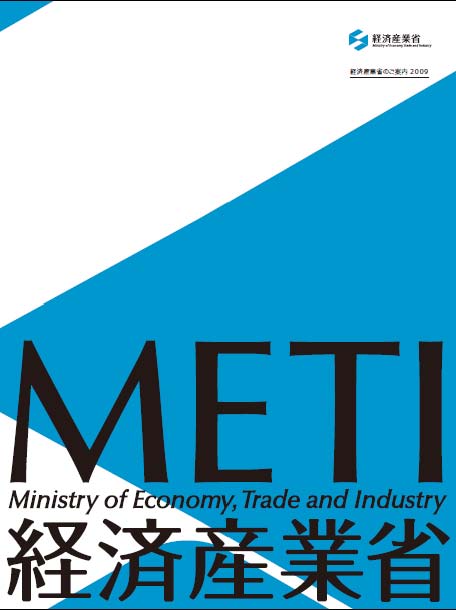My last blog was about tritium, the dangerous radioactive isotope of hydrogen. Tritium is being released worldwide by operating nuclear reactors. Nuclear accidents such as Fukushima can release huge amounts of tritium. There is no existing nuclear technology for the removal of tritium from water. Japan is now seeking bids for demonstration projects for tritium removal. Three companies have been selected to construct the demonstration projects.
The Japanese Ministry of Economy, Trade and Industry (METI) sent out a request for proposals in September of 2013 to remove tritium from contaminated water at Fukushima which is filling up emergency tanks and leaking into the Pacific Ocean. After the official submission period ended in late October of 2013, a review panel from the International Research Institute for Nuclear Disarmament went over all the proposals. Unfortunately, none of the many proposals that were submitted could be immediately applied to decontaminating Fukushima waste water.
A Japanese government committee charged with finding treatments for the contaminated waste water said that "Since technologies that have a quick effect in separating tritium have not been found after collecting technical proposals from both inside and outside of Japan, it will be necessary in the future to assess measures proposed in response to our requests for information." The committee called for proposals in mid-May that could demonstrate a method for tritium removal. The deadline for the new proposals was July 17, 2014. In late August, METI stated that Kurion from the U.S., GE Hitachi Nuclear Energy of Canada (GENEC) and FSUE Radioactive Waste Management Enterprise (RosRAO) from Russia will build demonstration projects to show how their technology can remove tritium from water.
The demonstration projects have to show that the propose tritium removal technologies actually work as promised. Additionally, the demonstration projects will provide a basis for estimating the cost of constructing and operating tritium removal at the Fukushima nuclear plant where the disaster occurred. The demos will have to show that they can remove tritium from water where the tritium concentration is between six tenths of a million Becquerels and four million Becquerels per quart. The processes demonstrated have to be expandable to treating more than four hundred cubic yards of water a day. The Mitsubishi Research Institute will be handling the funding on behalf of METI's Agency for Natural Resource and Energy. Funding of up to nine million four hundred thousand dollars will be made available to each of the companies for the construction and operation of the demonstration projects.
Tritium is a threat to human health and it is a growing problem around Fukushima. Development of a technology that can remove tritium from water is an important step toward mitigating the environmental pollution from the Fukushima disaster. Hopefully, at least one of the demonstration projects will be successful and there will be a new technology to assist in decontamination of water released from nuclear power plants.
